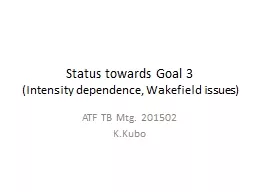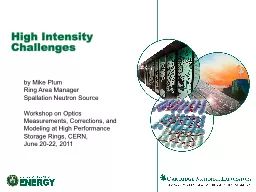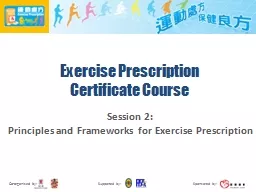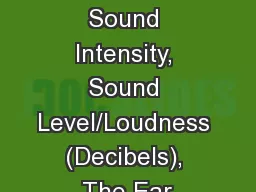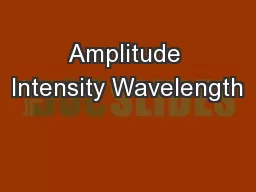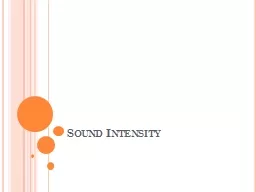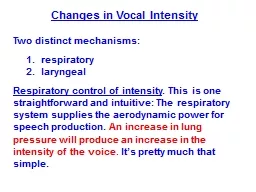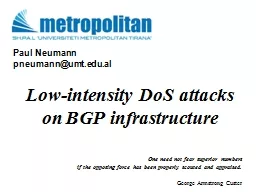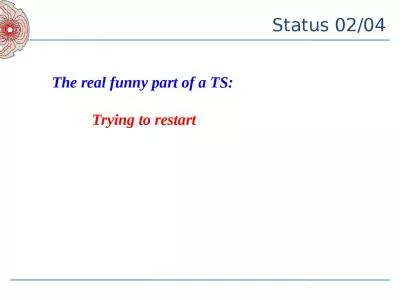PPT-Status towards Goal 3 (Intensity dependence,
Author : fluental | Published Date : 2020-08-28
Wakefield issues ATF TB Mtg 201502 KKubo Intensity dependence of IP b eam size Studies using onmover structures Beam size at IP Orbit change OTR chamber wake Some
Presentation Embed Code
Download Presentation
Download Presentation The PPT/PDF document "Status towards Goal 3 (Intensity depen..." is the property of its rightful owner. Permission is granted to download and print the materials on this website for personal, non-commercial use only, and to display it on your personal computer provided you do not modify the materials and that you retain all copyright notices contained in the materials. By downloading content from our website, you accept the terms of this agreement.
Status towards Goal 3 (Intensity dependence,: Transcript
Download Rules Of Document
"Status towards Goal 3 (Intensity dependence,"The content belongs to its owner. You may download and print it for personal use, without modification, and keep all copyright notices. By downloading, you agree to these terms.
Related Documents

